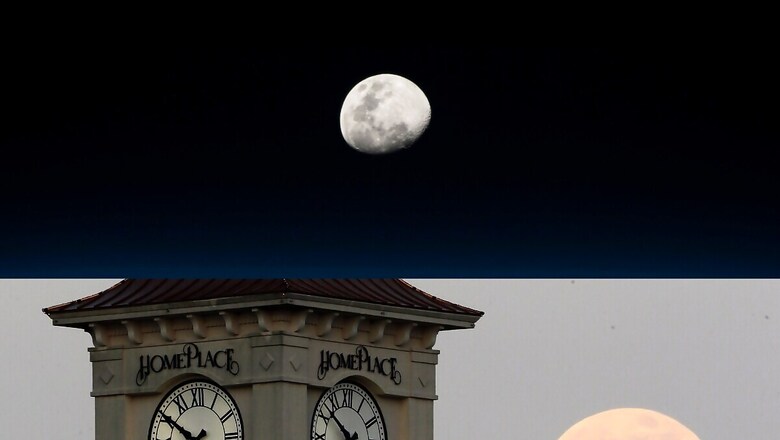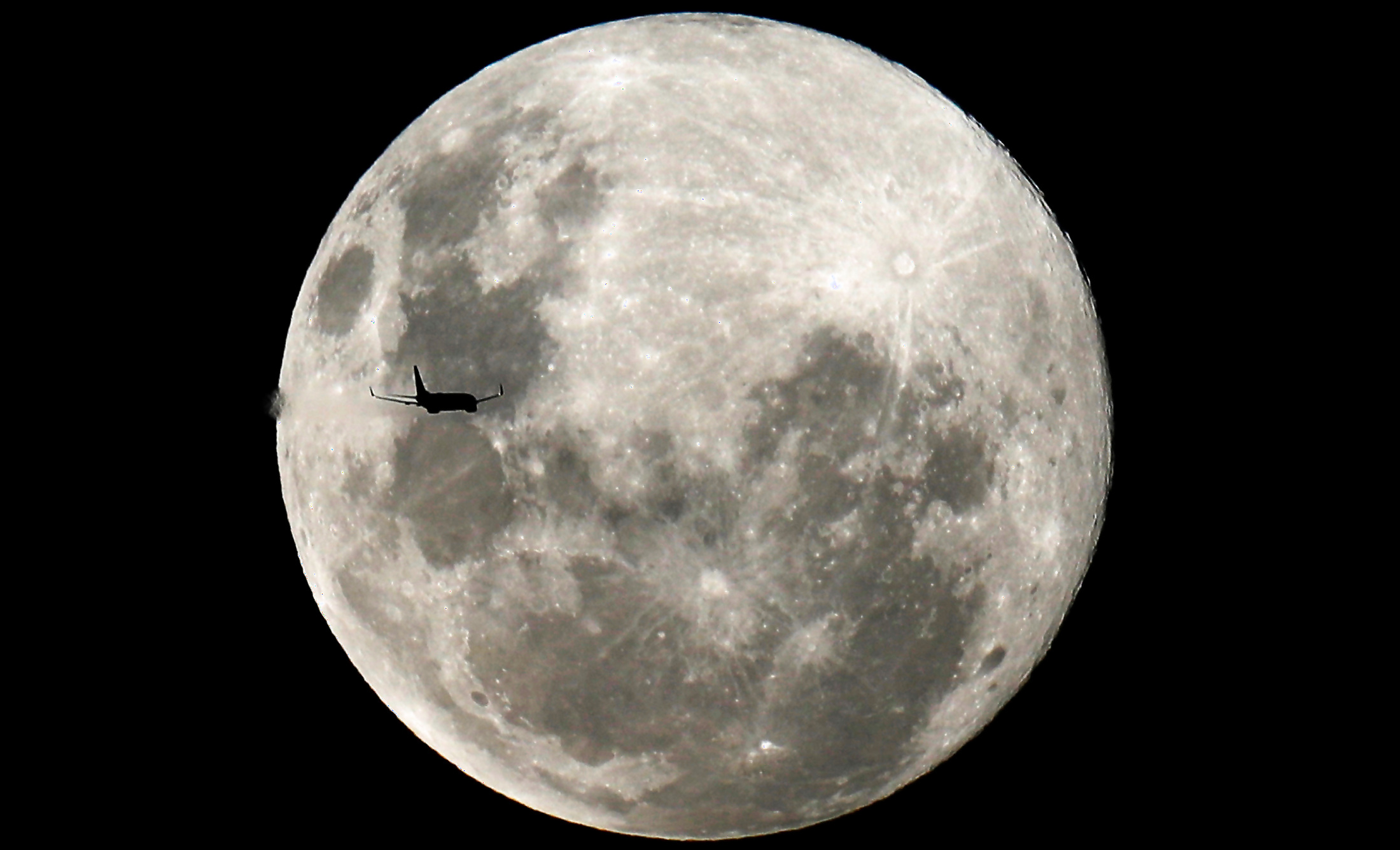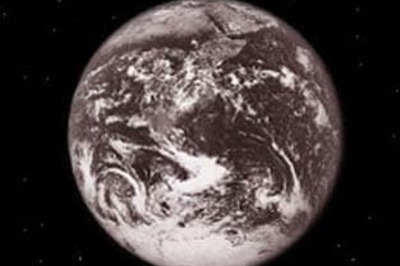
views
US space agency NASA wants to come up with an out-of-this-world way to keep track of time, putting the moon on its own souped-up clock. It’s not quite a time zone like those on Earth, but an entire frame of time reference for the moon.
Due to less gravity on the moon, time there moves 58.7 microseconds quicker compared to Earth. White House Tuesday instructed the National Aeronautics and Space Administration (NASA) and other US agencies to work with international agencies to come up with a new moon-centric time reference system, which will be called Coordinated Lunar Time (LTC).

What is Lunar Time?
The differing gravitational forces on the moon and other celestial bodies change how time unfolds relative to how it is perceived on Earth. Among other things, the LTC would provide a time-keeping benchmark for lunar spacecraft and satellites that require extreme precision for their missions.
“An atomic clock on the moon will tick at a different rate than a clock on Earth,” said Kevin Coggins, NASA’s top communications and navigation official. “It makes sense that when you go to another body, like the moon or Mars that each one gets its own heartbeat.” Therefore, everything on the moon will operate on the speeded-up moon time, Coggins said.
‘Heartbeat on the moon’
The last time NASA sent astronauts to the moon they wore watches, but timing wasn’t as precise and critical as it now with GPS, satellites and intricate computer and communications systems, he said. Those microseconds matter when high tech systems interact, he said. In an interview with Reuters, Coggins said, “Think of the atomic clocks at the US Naval Observatory (in Washington). They’re the heartbeat of the nation, synchronising everything. You’re going to want a heartbeat on the moon.”
Last year, the European Space Agency said Earth needs to come up with a unified time for the moon, where a day lasts 29.5 Earth days. The International Space Station, being in low Earth orbit, will continue to use coordinated universal time or UTC. But just where the new space-time kicks in is something that NASA has to figure out. Even Earth’s time speeds up and slows down, requiring leap seconds.
Unlike on Earth
Unlike on Earth, the moon will not have daylight saving time, Coggins said. The White House wants NASA to come up with a preliminary idea by the end of the year and have a final plan by the end of 2026. NASA is aiming to send astronauts around the moon in September 2025 and land people there a year later. Dozens of companies, spacecraft and countries are involved in the effort.
An official of the Office of Science and Technology Policy (OSTP) said that without a unified lunar time standard it would be challenging to ensure that data transfers between spacecraft are secure and that communications between Earth, lunar satellites, bases and astronauts are synchronised. Discrepancies in time also could lead to errors in mapping and locating positions on or orbiting the moon, the official said.
(With agency inputs)



















Comments
0 comment